Types of brick bonding
Contents |
[edit] What is brick bonding?
Brick bonding is the pattern in which bricks are arranged in a structure such as a wall or column.
Very broadly, bricks can be laid as soldiers (standing upright), stretchers (laid lengthwise along the wall) or headers (laid width wise along the wall).
Bricks are typically laid to an offset pattern to maintain an adequate lap between joints from one course to the next and to ensure that vertical joints are not positioned above one another on consecutive courses.
[edit] What is the objective of brick bonding patterns?
- Distribute loads throughout the structure to achieve maximum strength.
- Ensure stability.
- Achieve the desired aesthetic.
There are a great number of brick bonding patterns available. Factors affecting the selection of a brick bonding pattern include; the strength that is required, the thickness of the structure, the part of the structure (for example, a course of bricks over a window might have a different bonding pattern) the aesthetic requirement, the type and size of brick being used, local tradition and so on.
[edit] Types of brick bonding patterns
A number of commonly used brick bonding patterns are described below.
[edit] Stretcher bond
Stretcher bond is the most commonly used brick bond pattern in the UK. It is formed using only stretchers (bricks laid lengthwise), with the joins on each course centred above and below by half a brick. This type of bonding is not particularly strong.
A variation is the raking stretcher bond. The overlap between bricks is usually a third or a quarter of a brick, instead of half a brick.
[edit] English bond
English bond is a pattern formed by laying alternate courses of stretchers and headers. The joins between the stretchers are centred on the headers in the course below. This is one of the strongest bonds but requires more facing bricks than other bonds.
[edit] English garden wall
English garden wall bond is similar to the English bond but with one course of headers for every three courses of stretcher. The headers are centred on the headers in course below. This gives quick lateral spread of load and uses fewer facings than an English bond.
[edit] English cross bond
English cross bond alternates courses of stretchers and headers, with the alternating stretcher course being offset by half a brick. The stretchers are centred on the joins between the stretchers below them, so that the alternating stretcher courses are aligned. Staggering stretchers enables patterns to be picked out in different texture or coloured bricks.
[edit] Flemish bond
The Flemish bond is formed by laying headers and stretchers alternately in each course. The headers of each course are centred on the stretchers of the course below. This bond is strong and often used for walls which are two-bricks thick.
[edit] Flemish garden wall (also called Sussex bond)
The Flemish garden wall bond (or Sussex bond) is a variant of the Flemish bond, and uses one header to three stretchers in each course. The header is centred over the stretcher in the middle of a group of three in the course below.
[edit] Monk bond
The monk bond is a variant of the Flemish bond and involves two stretchers between the headers in each course. The headers are centred over the join between the two stretchers in the course below.
[edit] Header bond
The header bond features courses of headers offset by half a brick. It is similar to the stretcher bond but with headers instead of stretchers.
[edit] Stack bond
In stack bond, bricks are laid directly on top of one another with joins aligned, running vertically down the entire wall. Bricks can either be stacked horizontally or vertically.
The alignment of joints results in minimal bonding which means that this bond is weak and often structurally unsound unless wire bed-joint reinforcement is placed in every horizontal course or, where loading is moderate, every alternate course. This is often used purely for decorative purposes and in rain-screen applications.
[edit] Sussex bond
The Sussex bond is the same as the Flemish garden wall bond, and uses three stretchers and one header in each course.
[edit] Running bond
The 2018 International Residential Code (IRC), published by the International Code Council (ICC) defines running bond as: ‘The placement of masonry units such that head joints in successive courses are horizontally offset not less than one-quarter the unit length.’
Others might include facing bond, Dutch bond, raking bond, zigzag bond, diagonal bond, herringbone and herring bonds, monk bond, rat trap bond to mention a few.
[edit] Related articles on Designing Buildings
Featured articles and news
A change to adoptive architecture
Effects of global weather warming on architectural detailing, material choice and human interaction.
How big is the problem and what can we do to mitigate the effects?
Overheating guidance and tools for building designers
A number of cool guides to help with the heat.
The UK's Modern Industrial Strategy: A 10 year plan
Previous consultation criticism, current key elements and general support with some persisting reservations.
Building Safety Regulator reforms
New roles, new staff and a new fast track service pave the way for a single construction regulator.
Architectural Technologist CPDs and Communications
CIAT CPD… and how you can do it!
Cooling centres and cool spaces
Managing extreme heat in cities by directing the public to places for heat stress relief and water sources.
Winter gardens: A brief history and warm variations
Extending the season with glass in different forms and terms.
Restoring Great Yarmouth's Winter Gardens
Transforming one of the least sustainable constructions imaginable.
Construction Skills Mission Board launch sector drive
Newly formed government and industry collaboration set strategy for recruiting an additional 100,000 construction workers a year.
New Architects Code comes into effect in September 2025
ARB Architects Code of Conduct and Practice available with ongoing consultation regarding guidance.
Welsh Skills Body (Medr) launches ambitious plan
The new skills body brings together funding and regulation of tertiary education and research for the devolved nation.
Paul Gandy FCIOB announced as next CIOB President
Former Tilbury Douglas CEO takes helm.
UK Infrastructure: A 10 Year Strategy. In brief with reactions
With the National Infrastructure and Service Transformation Authority (NISTA).
Ebenezer Howard: inventor of the garden city. Book review.
Airtightness Topic Guide BSRIA TG 27/2025
Explaining the basics of airtightness, what it is, why it's important, when it's required and how it's carried out.






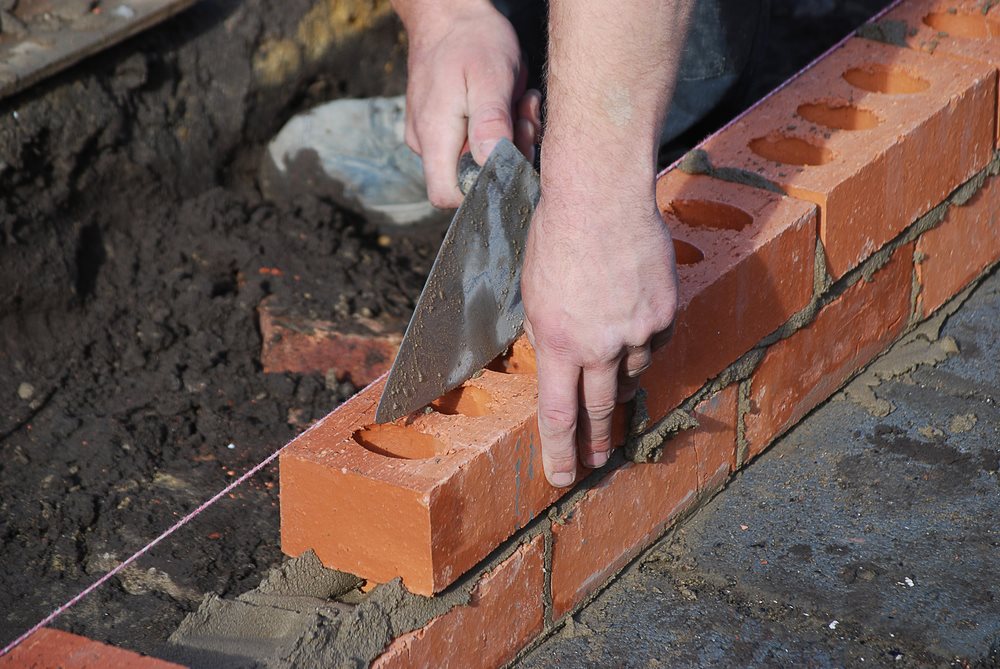

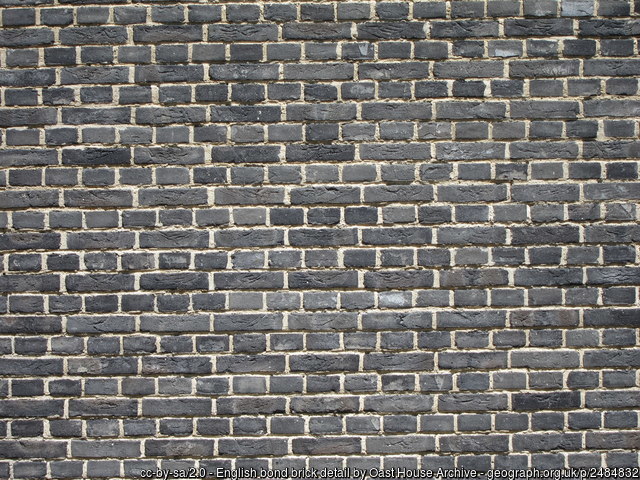
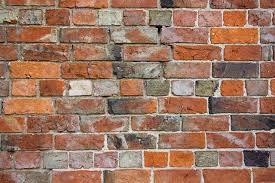
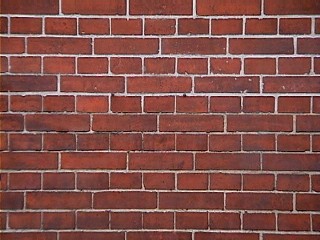
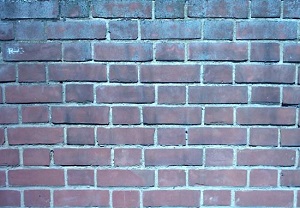
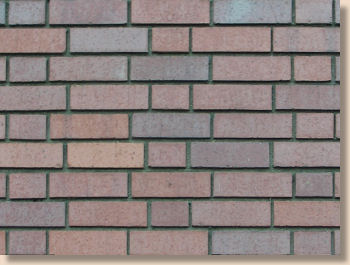
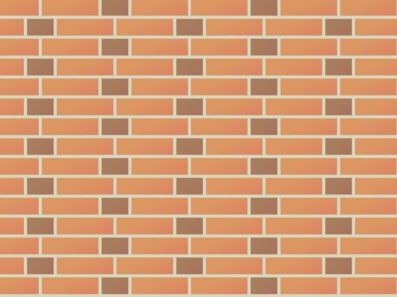
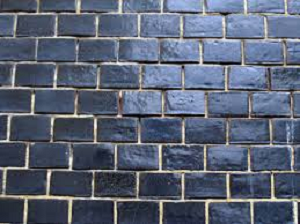
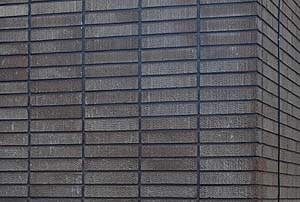
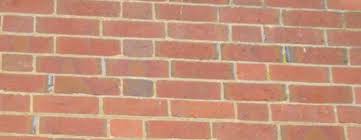
















Comments
[edit] To make a comment about this article, click 'Add a comment' above. Separate your comments from any existing comments by inserting a horizontal line.